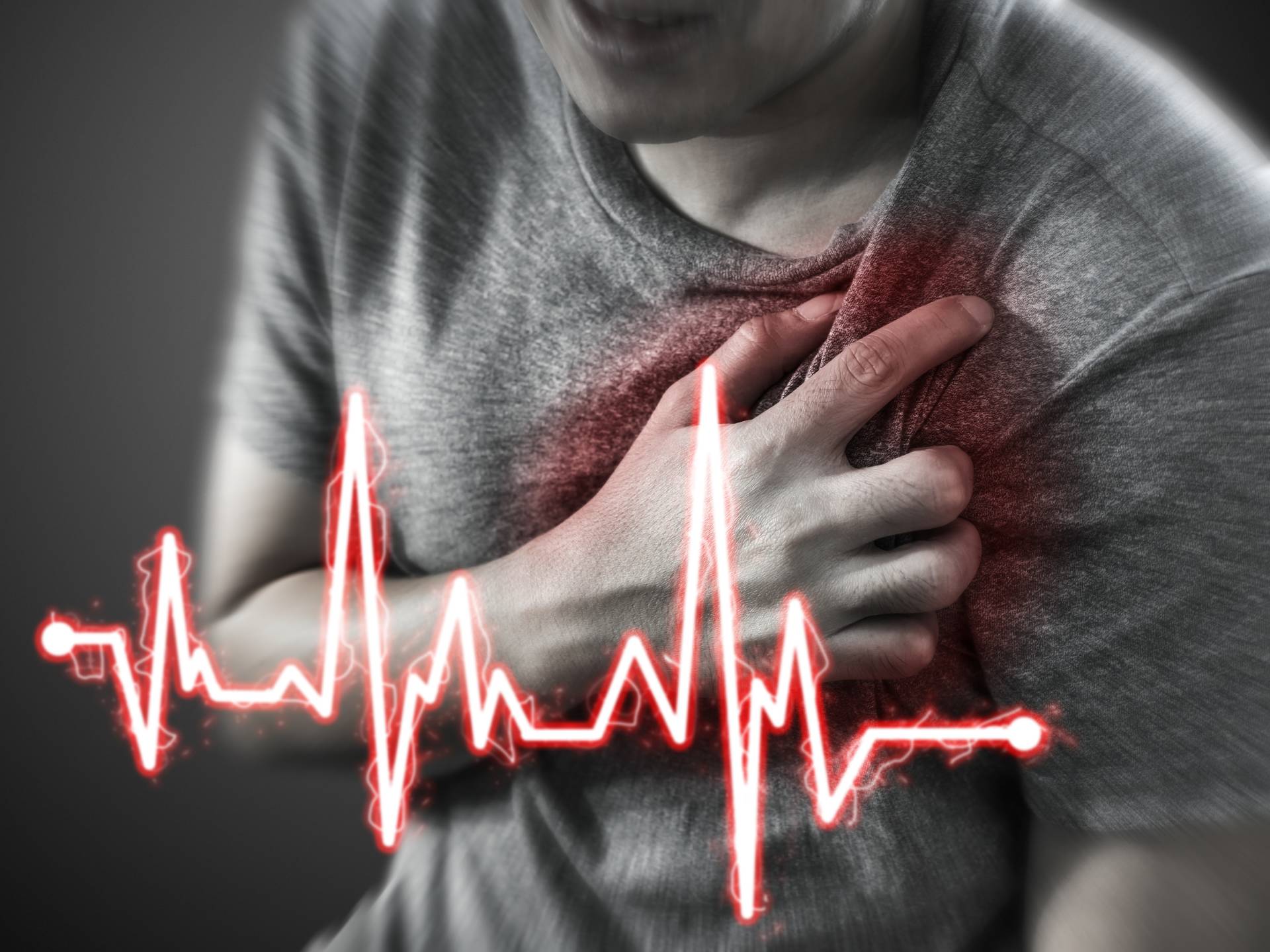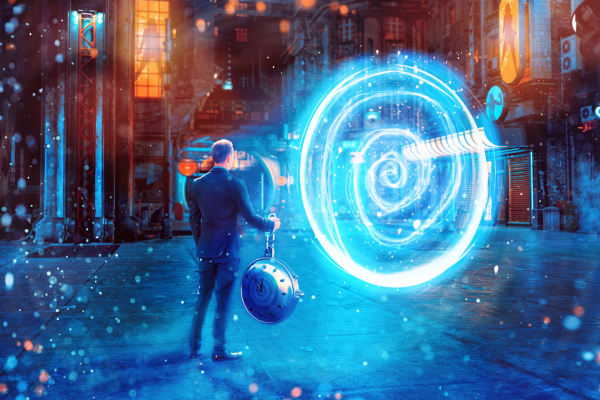
Cardiac Arrest: Symptoms, Causes, and Treatment
- Uncategorized
- July 25, 2023
- No Comment
- 58
Cardiac arrest is a sudden loss of heart function. This means that the heart stops pumping blood to the brain and other vital organs. Without oxygenated blood, the brain and other organs start to die within minutes. Cardiac arrest is a medical emergency and requires immediate treatment.
What are the symptoms of cardiac arrest?
The symptoms of cardiac arrest vary depending on the cause. Some common symptoms include:
- Loss of consciousness
- No pulse
- No breathing
- Unresponsiveness
If you see someone who is experiencing any of these symptoms, call 911 immediately.
What causes cardiac arrest?
There are many different things that can cause cardiac arrest. Some of the most common causes include:
- Heart attack
- Heart disease
- Stroke
- Arrhythmias
- Trauma
- Drug overdose
- Electrocution
What is the treatment for cardiac arrest?
The only way to save someone who is in cardiac arrest is to start CPR and use an AED (automated external defibrillator). CPR helps to keep the blood flowing to the brain and other organs until the AED can be used to shock the heart back into a normal rhythm.
How to perform CPR
CPR is a life-saving technique that can be performed by anyone. To perform CPR, follow these steps:
- Place the victim on their back on a firm surface.
- Place the heel of your hand on the center of the chest, just below the breastbone.
- Place your other hand on top of the first hand.
- Lock your elbows and straighten your arms.
- Press down on the chest with a firm, steady motion.
- The depth of each compression should be about 2 inches.
- The rate of compressions should be about 100 per minute.
- Continue CPR until help arrives.
How to use an AED
An AED is a device that can shock the heart back into a normal rhythm. To use an AED, follow these steps:
- Turn on the AED and follow the voice prompts.
- Attach the AED pads to the victim’s chest.
- Stand clear of the victim.
- The AED will analyze the victim’s heart rhythm and determine if a shock is needed.
- If a shock is needed, the AED will instruct you to press a button.
- After the shock, continue CPR for five cycles (about two minutes).
- The AED will analyze the victim’s heart rhythm again and may instruct you to give another shock.
- Continue CPR and follow the AED’s instructions until help arrives.
Cardiac arrest is a serious medical emergency, but it is important to remember that it is possible to save a life with CPR and an AED. If you see someone who is in cardiac arrest, act quickly and call 911.









